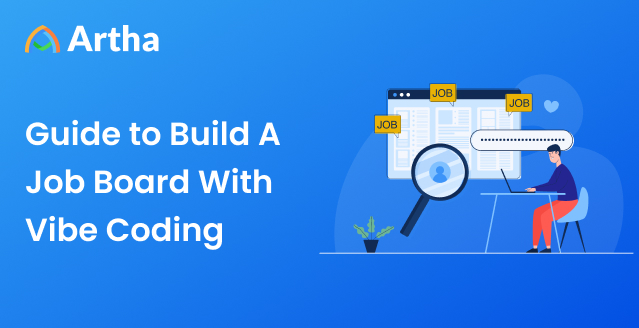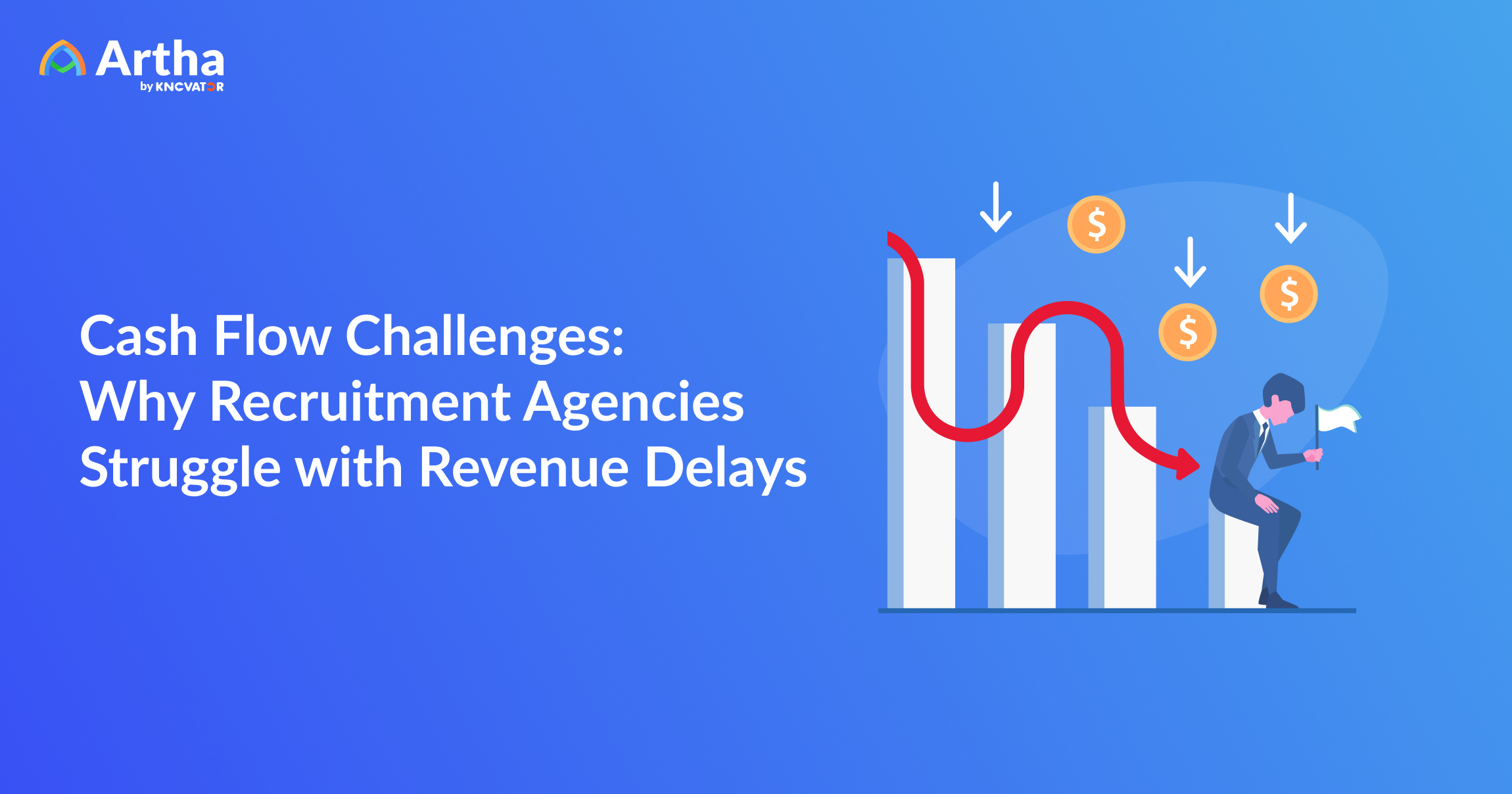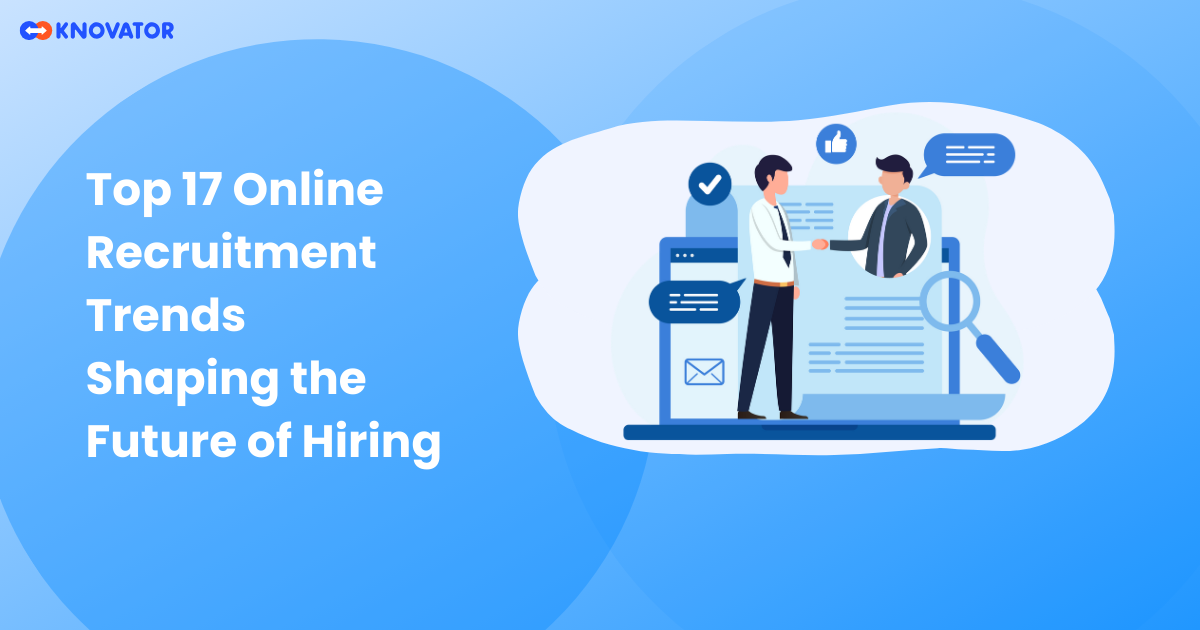Recruiting can feel like a gamble. You invest time and money, hoping to land the perfect candidate. But all too often, the results are disappointing – a slow hiring process, underwhelming applicants, and ultimately, a bad fit.
This is where ROI (Return on Investment) comes in. By optimizing your recruitment strategy, you can dramatically improve your chances of finding the right person, while minimizing the resources you spend.
In this blog post, we’ll equip you with powerful strategies to maximizing recruitment ROI. We’ll show you how to streamline your process, attract high-caliber candidates, and make data-driven decisions that lead to better hires.
Get ready to transform your recruitment game, save money, and build a team that drives success.
What Is Recruitment ROI?

Think of it like this: you invest money in recruiting efforts like advertising or job boards. Ideally, that investment will result in you finding a great employee who brings value to your company. Recruitment ROI helps you see if that investment is paying off.
So, a positive recruitment ROI means you’re getting a good return on the money you spend hiring. You’re finding good people who are contributing to the company’s success. On the other hand, a negative recruitment ROI indicates you might be spending too much on recruiting or not finding the right people.
How to calculate recruitment ROI?

1. Track Your Investment
Think of everything you spend to find new hires: job postings, recruiter fees, software subscriptions, and even your HR team’s recruitment time. Add all these costs up for a specific period.
2. Estimate Employee Value
This might seem tricky, but here’s a good starting point: take the new hire’s first-year total compensation (salary, benefits, bonuses) and multiply it by the percentage of new hires who stay with the company for at least a year (retention rate). This represents the value they’re expected to generate in the first year, assuming they stay on board.
3. Calculate Your ROI
Now it’s math time! Use the formula: (Employee Lifetime Value – Cost per Hire) / Cost per Hire. Here, Cost per Hire is the total recruitment cost divided by the number of hires made in that period.
4. Analyze the Results
A positive ROI, especially a high one, is great! It means you’re attracting valuable employees at a reasonable cost. A negative ROI suggests you might be spending too much or not attracting the right people.
ROI is a powerful tool, but it’s not the only one. Consider other factors like the quality of your hires, time it takes to fill positions, and your employer brand for a well-rounded view of your recruitment strategy.
Also Read: 2024 Hiring Trends: A Guide for Business Development
Key Metrics for Measuring Recruitment ROI
 Recruitment ROI, or return on investment, helps you understand how well your hiring process cooks up success. It compares the investment you put into recruiting with the value you get out of your new hires. But to calculate this ROI, you need the right ingredients – key metrics to track. Here are a few crucial ones:
Recruitment ROI, or return on investment, helps you understand how well your hiring process cooks up success. It compares the investment you put into recruiting with the value you get out of your new hires. But to calculate this ROI, you need the right ingredients – key metrics to track. Here are a few crucial ones:
- Cost per Hire: This metric reflects how much you spend on average to bring in a new employee. It factors in everything from advertising fees to recruiter salaries. A lower cost per hire is generally desirable, but it shouldn’t come at the expense of finding the right talent.
- Time to Hire: This measures how long it takes to fill a vacant position, from the moment you post the job to the new hire’s first day. A faster time to hire can be beneficial, but rushing the process can lead to poor quality hires.
- Quality of Hire: This metric goes beyond just filling the position. It assesses how well the new hire performs in their role and how long they stay with the company. Retention is key, as replacing employees is expensive.
- Source of Hire: Tracking where you find your best talent helps you focus your efforts. This could be specific job boards, social media platforms, or even employee referrals. By knowing which channels deliver the best hires, you can optimize your recruitment strategy.
- Offer Acceptance Rate: This measures the percentage of candidates who accept your job offer. A low rate could indicate an unattractive offer or a mismatch between your company culture and the candidate’s expectations.
By tracking these key metrics, you can gather the data you need to calculate your maximizing recruitment ROI and assess the effectiveness of your hiring process.
Tools and Technologies for Tracking Recruitment ROI
![]() Finding the right talent can be tough, but figuring out if your hiring efforts are paying off can be even tougher. That’s where maximizing recruitment ROI (return on investment) comes in. It helps you see how much you’re spending to find new hires and how much value they bring to the company.WorkIndia’s AI-powered hiring platform is an example of how AI is transforming the recruitment landscape, streamlining hiring processes, and improving ROI.
Finding the right talent can be tough, but figuring out if your hiring efforts are paying off can be even tougher. That’s where maximizing recruitment ROI (return on investment) comes in. It helps you see how much you’re spending to find new hires and how much value they bring to the company.WorkIndia’s AI-powered hiring platform is an example of how AI is transforming the recruitment landscape, streamlining hiring processes, and improving ROI.
Applicant Tracking Systems (ATS): Think of these as your hiring command center. Modern ATS systems do more than just store resumes. They can track how candidates move through the hiring process, what people say in interviews, and even show you how much it costs to hire someone and how long it takes.
Job Hunting Matchmakers: These online platforms help you find the perfect match for your open positions. They can track where candidates come from (job boards, social media) and even show you how well your company image is attracting top talent. Imagine seeing exactly how many qualified people each job ad brings in!
People Power Analytics: These are like super-powered versions of your average tracking tool. They can analyze things like employee ages, how long people stay with the company, and even predict how many new hires you’ll need in the future based on how your company is growing. This fancy data lets you make smart choices about hiring based on real information.
HR All-Stars: This software connects with your other HR systems to give you a complete picture of your entire team. You can see how much recruiting costs, why employees might leave, and even how training programs affect how well people do their jobs. This big picture helps you find ways to improve not just hiring, but everything related to your employees.
Spreadsheets: Don’t underestimate the power of a good spreadsheet. Use one to track basic things like cost per hire and time to fill positions, alongside the data you get from your other tools. This lets you see how things are trending over time and where you can make things better.
Best Practices for Improving Maximizing Recruitment ROI

1. Improve Your Job Descriptions
Think of your job descriptions as your company’s handshake to potential hires. A vague or poorly written description won’t attract the right people. To make yours shine, focus on why the job matters. People want a purpose, not just a paycheck. Clearly explain how the role makes a difference and contributes to the company’s mission. Don’t forget what! Clearly define the responsibilities and day-to-day tasks. Show off your company culture too! Give candidates a glimpse of what it’s like to work there. Finally, sprinkle in relevant keywords to get noticed by qualified candidates searching online.
2. Make use of Employee Referrals
Your employees are your biggest fans. They know your company culture, the skills needed to succeed, and might even have friends or colleagues who would be a perfect fit. To leverage this power, offer rewards for employee referrals that result in successful hires. Make it easy by providing a smooth referral process with clear instructions and user-friendly tools. Finally, recognize your top referrers. Publicly acknowledge and appreciate employees who consistently bring in high-quality candidates.
3. Use Social Media to hire
Social media platforms are overflowing with talented individuals. To tap into that potential, build your employer brand by showcasing your company culture and employee stories to attract top talent. Find out which platforms your ideal candidates use and tailor your recruiting efforts accordingly. Social media advertising can help you reach a specific audience with your job openings. But don’t just post and ghost. Actively respond to comments and questions from potential hires to show you care.
4. Optimize Your Recruitment Process
A slow and clunky hiring process can frustrate candidates and make them look elsewhere. To speed things up, clearly define your interview stages. Have a clear structure for your interview process with defined stages and timelines. Use online tools to schedule interviews, collect candidate information, and automate administrative tasks. Finally, communicate effectively by keeping candidates informed throughout the process, even if they’re not moving forward. A simple courtesy email goes a long way.
5. Outsource Recruitment
Recruiting can be time-consuming and requires specific skills. Outsourcing to a recruitment agency can be a smart option, especially for niche positions or high-volume hiring needs. To make outsourcing work for you, choose a recruitment agency with a strong track record in your industry and a deep understanding of your specific needs. Clearly communicate your ideal candidate profile, company culture, and budget to the agency. Finally, maintain open communication by regularly checking in with the agency to discuss progress and ensure they’re aligned with your hiring goals.
Recruitment Agencies ROI
Recruitment agencies can achieve better ROI by leveraging job portal’s effective strategies and their specialized expertise and access to a broader talent pool. By efficiently handling the legwork of sourcing, screening, and shortlisting candidates, agencies can reduce the time and resources spent on recruitment processes. To maximize ROI, agencies should focus on clear communication and setting defined expectations with their clients. Understanding the client’s company culture and specific job requirements ensures that they deliver candidates who are the best fit, leading to higher client satisfaction and repeat business. Additionally, utilizing advanced recruitment technologies and data-driven strategies can further enhance the efficiency and effectiveness of their services, resulting in a stronger ROI.
Leveraging Artha for Enhanced ROI
One effective way for recruitment agencies to improve their ROI is by utilizing Artha Job Board Software. Artha offers a comprehensive and innovative platform that streamlines the recruitment process for agencies, employers, and job seekers alike.
For Recruitment Agencies:
- Time-Saving Automation: Artha automates repetitive tasks such as resume screening and candidate shortlisting, allowing recruiters to focus on strategic activities and high-value interactions.
- Advanced Candidate Matching: The software uses sophisticated algorithms to match candidates with job opportunities quickly and accurately, improving placement rates and client satisfaction.
- Integration Capabilities: Artha seamlessly integrates with Google Jobs, Advance to understand user behavior, creating a cohesive and efficient workflow that reduces administrative burdens.
For Employers:
- Customizable Job Boards: Agencies can tailor job boards to match the employer’s brand and specific hiring needs, enhancing the employer’s visibility and appeal to top talent.
- Analytics and Reporting: Detailed analytics and reporting features provide insights into recruitment efforts, enabling data-driven decisions that optimize hiring strategies and improve ROI.
For Job Seekers:
- User-Friendly Interface: A smooth and engaging application process enhances the candidate experience, making it easier for job seekers to find and apply for relevant positions.
- Better Job Matching: Advanced matching algorithms ensure job seekers are presented with opportunities that align with their skills and preferences, increasing the likelihood of successful placements.
By integrating Artha into their recruitment processes, agencies can significantly enhance their efficiency, improve client satisfaction, and attract more job seekers, all of which contribute to a better ROI. Explore more about Artha Job Board Software.
Related Guide : boosting association job board ROI.








